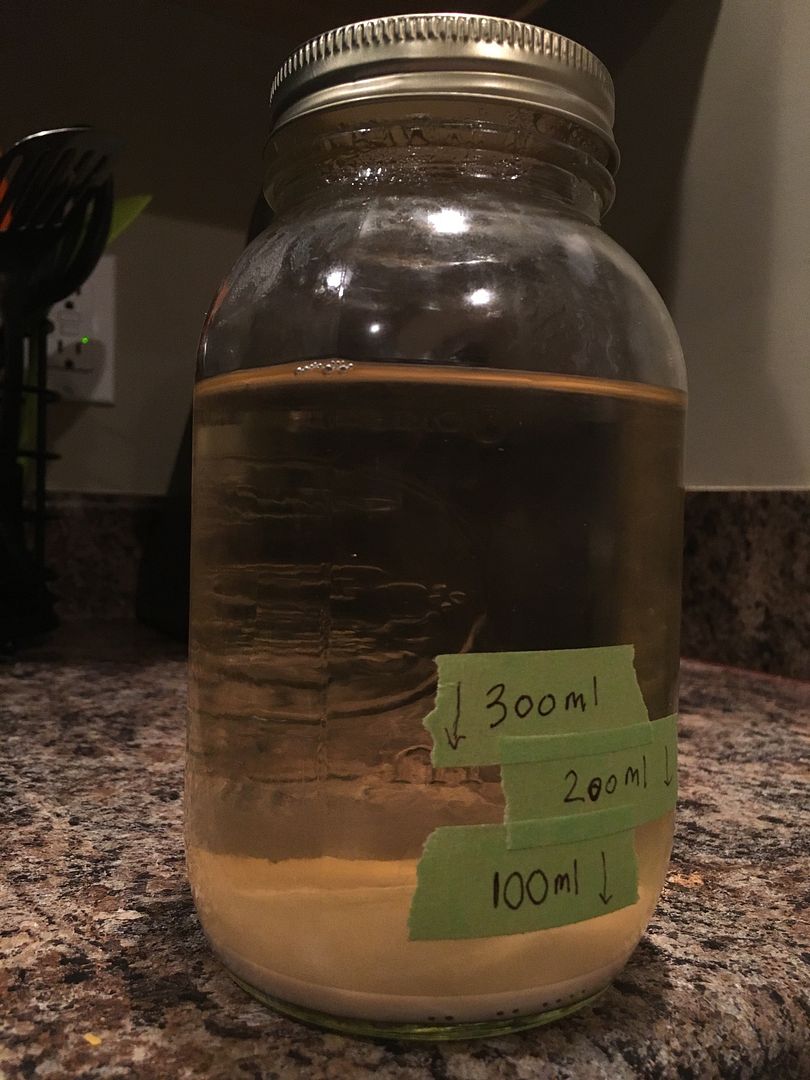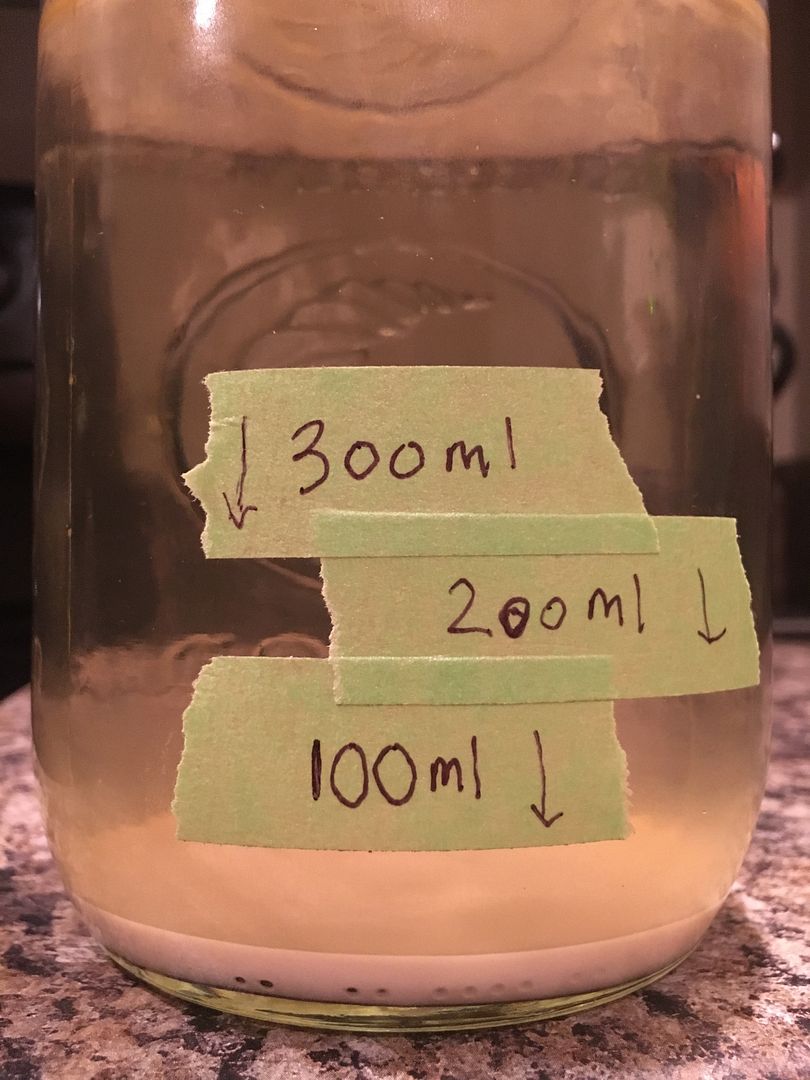That's waaaay more than I believe is correct. And you can't just slap a number on it like that without first talking about the percentage of yeast to liquid.
The accepted number I've read is 1-2 billion/ml for a 50% sample. Check out this article by Wyeast for more in depth explanations:
https://www.wyeastlab.com/com-yeast-harvest.cfm.
As you can see by the image provided, you can expect 1.0-1.4 billion/ml when you have between 40-55% dense yeast cake. This means given any volume of slurry with 50% being fully settled yeast, you'll average about 1.2 billion/ml.
Your mason jar is too large to accurately determine the volume of yeast cells, so I would recommend transferring to something in which you can more accurately gauge the level. Then you decant until the liquid level is twice the volume of cells, and this should yield about 1.2 billion/ml. Or you can just eyeball it this time and get it into a better vessel the next.
From my eyes in that last picture, I'd say you're close to 25ml of dense yeast.
So in this case, you'd decant until you have only 25 ml of liquid on top of it (50ml total), and then you can estimate 1.2 billion/ml x 50ml = 60 billion yeast cells.
Next, you'd enter that information into a yeast calculator (I like HomebrewDad's) with the date that the yeast was harvested, and it will estimate the viability of the sample. Then you continue on building a new starter using those numbers and your target pitch count. The reason I like HomebrewDad's is it has a specific field for overbuilding (to harvest), so I don't forget.
P.S. There is no need to decant and replace with distilled water. You're only risking possible contamination or infection by messing with the yeast more than necessary. Pour your reserved portion of the starter into the mason jar, then seal it up and put it in the fridge for a week. Once everything is settled out, you can decant to equal parts yeast cake and liquid, and possibly transfer to a smaller container (I use 50ml test tubes).








